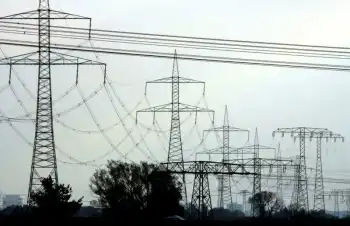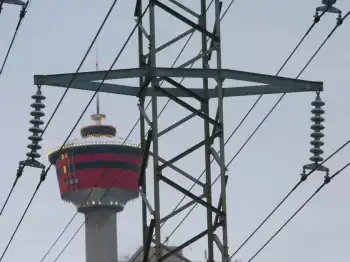India plans massive solar power boost
By United Press International
CSA Z463 Electrical Maintenance
Our customized live online or in‑person group training can be delivered to your staff at your location.

- Live Online
- 6 hours Instructor-led
- Group Training Available
Farooq Abdullah, India's minister for new and renewable energy, cited the country's increased energy demand, crippling electricity shortages and high rates for electricity in announcing the Jawaharlal Nehru National Solar Mission, named after the nation's first prime minister.
The plan will adopt a three-phase approach.
Phase one, focusing on solar thermal, will add 1,100 megawatts of grid-connected solar between 2010 to 2013, up from the current level of less than 5 megawatts.
The long-term goal to install 20,000 megawatts by 2022 comes at a total cost of $19 billion. The money will largely go towards developing incentive schemes for the production and installation of solar photovoltaic systems, as well as research and development, according to the plan. The initial investment would be $922 million.
The plan also includes providing solar lighting systems to about 10,000 villages and hamlets. Some 400 million Indians currently lack electricity, according to the World Resources Institute.
The announcement of India's solar mission comes two weeks before the UN-sponsored climate-change talks are set to begin. Indian Prime Minister Manmohan Singh arrived in Washington to meet with U.S. President Barack Obama. Climate change is expected to be included on their agenda.
In announcing the solar mission, the Indian government said its ability to achieve its ambitious solar targets will be "based on availability of international finance and technology." Indian officials are expected to ask for international assistance in Copenhagen.
India, Asia's third-largest energy consumer, relies on coal for more than half of its power capacity. According to India's Prayas Energy Group, nearly a tenth of the country's installed electricity capacity now comes from renewable sources, mostly wind power. Just a small fraction of India's power currently comes from solar energy, which costs about two and a half times more than power from coal.
India also said it hopes to become a global leader in solar manufacturing, eventually employing at least 100,000 trained workers in the solar industry.
Greenpeace India estimates India's solar plan would reduce annual CO2 emissions by 434 million tons by 2050, based on the assumption that solar power will replace fossil fuels.
Sidddharth Pathak, climate and energy policy officer at Greenpeace, said in a statement that India's solar initiative will "put pressure on the developed countries to act and commit their ambitious greenhouse gas emission reduction targets at Copenhagen."
But Pathak said the plan lacks details in several areas, including the source of financing.











